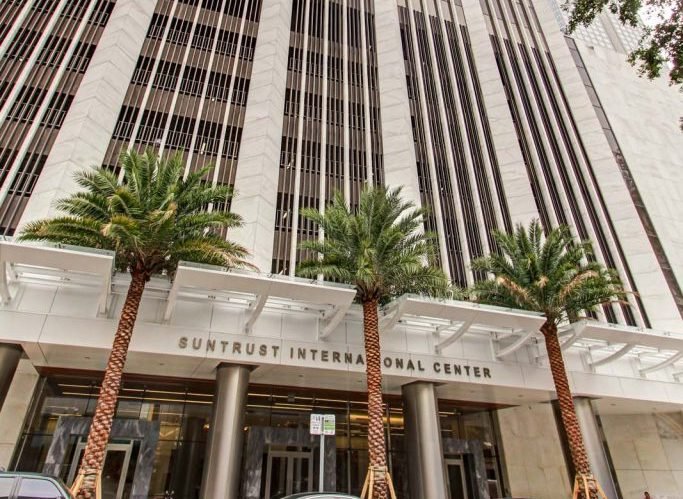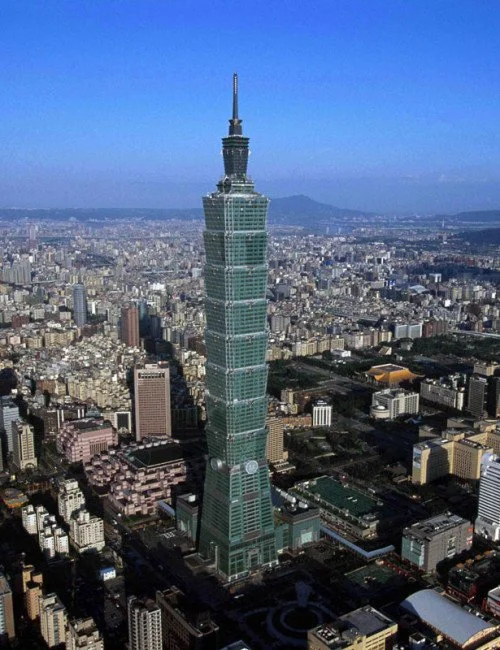LEED for Existing Buildings: Operations and Maintenance
Water Garden, Santa Monica, California • LEED O+M: EB Gold
What is LEED O+M?
LEED Operations and Maintenance (O+M) recognizes existing buildings' sustainability strategies and reduced contributions to climate change.
The latest version (LEED v4.1) is simpler + faster to obtain certification than v4, which is going obsolete.
LEED v4.1 uses Arc to measure and analyze operations, improvements, and performance data.
Benefits of LEED O+M
Reduced Operations Costs
Energy and water efficient
Waste and resource reduction
Conserve natural resources
Enhanced Marketability
Increases asset value
Commands higher rents
Demonstrates sustainability commitment
Elevates brand reputation
Occupant Satisfaction
Indoor air quality and thermal comfort
Health, productivity, and happiness
Supports tenants' sustainability goals
Supports ESG Goals
Ensures quality and consistency
Addresses stakeholder transparency
Increases ESG ratings
Verifies ESG implementation
Seattle Union Station, Washington • LEED O+M: EB Gold
The Preliminary Scorecard
The Arc performance platform empowers owners to track resource use for better efficiency, reducing a building’s carbon footprint and operating costs.
3-Phase Process
1. Assessment
Project Evaluation
Pre-Kickoff Meeting
Project Registration
2. Performance Period
Kickoff Meeting
In-House Project Tracking
Policies and Surveys
LEED Online Management
3. Submittal and Certification
Documentation Coordination, Review, and Submittal
Clarification Management
LEED Certification Final Acceptance
LEED Project Closeout
WELLS Fargo Center
Recertification
Initial certification is valid for three years.
The annual requirements to maintain certification include:
Update energy and water data
Waste audit or data from waste hauler/recycler
Conduct occupant transportation and satisfaction survey
IAQ test for TVOC and CO₂ levels
Every three years, documentation must be submitted for full GBCI review.
Suntrust International, Miami, Florida • LEED O+M: EB Silver
CASE STUDY
Taipei 101 Tower, Taiwan
LEED PLATINUM
2M+ SF
Recertification of a 101-story office skyscraper
Impact:
30% Indoor potable water reduction
100% Potable landscape water reduction
87 Energy Star Performance Rating
80% Of total energy consumption is system-level metered
75% Conventional commuting trips reduced
50% Reuse, recycle or compost of ongoing consumables
75% Reuse or recycle of durable goods
90% Sustainable purchasing of reduced mercury lamps
70% Diversion of waste from facility alteration and additions








